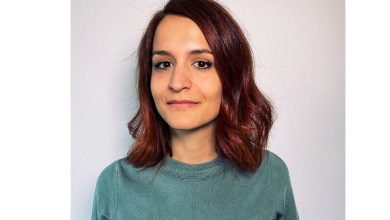
Dear Ms. Ironside, can you tell us more about yourself?
Of course, I would be happy to. I am an image focused historical archaeologist. My freelance work largely involves illustrating artefacts and creating replica pottery for museums and private collections.
My current areas of interest involve; the use of illustrations in educational programs, analyzing symbolism in historical illustrations, creating archaeological and interpretive illustrations, and analyzing connections and similarities in global mythologies.
In addition, I create custom artwork. The mediums I work in are functional pottery, oil painting, watercolour, ink, graphite, and clothing. Recently I have also been working on a series of children’s books that center around introducing children to different mythologies from around the world. I am hoping to have the first three books done and ready to submit for publishing early in the new year.
In your opinion what makes archaeology so special? How did archaeology fascinate you?
Archaeology is special because it excavates the past and cultivates physical interactions with history. For me the fascination with archaeology is that I am able to excavate an object from the earth and not only place it within the context of the site but that I can place it within the context of the period of origin. Combining history with archaeology creates the unique experience to combine the textual with the tactile to inform the story attached to the artefact.
How would you describe the interaction between the traditional archaeology methods and the new digital technologies?
My experience with the interaction of traditional archaeological methodology with that of digital technology is one of a happy marriage. Digital technology lends itself well to an already precision focused discipline like archaeology without eliminating the need for the traditional methods. Simply put, the human element of archaeology is informed by the digital but not removed by it.
Why do you think is digitization essential for the development of archaeology and for the preservation of historical heritage?
I think digitization is essential for the development of archaeology and for the preservation of historical heritage because digitization increases accessibility to archaeology as well as historical heritage material. I firmly believe that for the heritage sector to survive there must be a maintained level of interest from the public and increased accessibility allows for this. Without that interest funding dwindles, foot traffic at heritage sites plummets, fewer students would take heritage courses and the opportunities to excavate will dry up. By being able to utilize digitization, however, we can reach more people than every before and not only cultivate interest in archaeology and historical heritage but also express the importance of exploring and preserving the past.
How do you think does historical and cultural heritage shape our values?
I think historical and cultural heritage shapes our values through us creating connections through studying them and whether we can create a relation between our findings, families, self, and our concepts of the past. I also think they serve to help us engage with other peoples’ different experiences. An example of this being learning the importance of being respectful and adapting our heritage analyzing practices to ensure we remain respectful to the culture whose artefacts are being handled.











